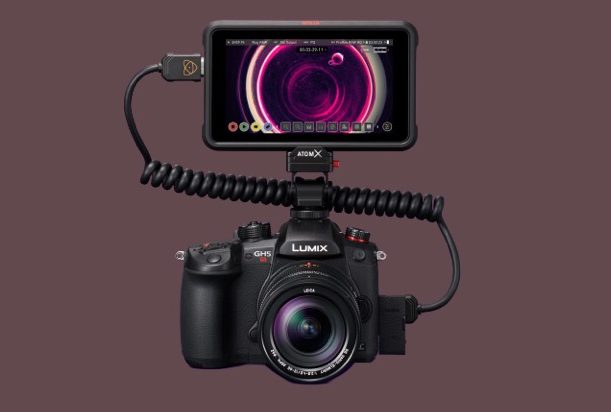
Otherwise, you’ll stream everything you see on the camera screen, including the user interface overlays, like exposure settings and focus indicators. The next step is to make sure your camera is outputting a “clean” signal, called a clean HDMI output. Sure, you don’t need that for your average Zoom meeting, but the ATEM Mini has much more flexibility than a simple HDMI to USB adapter - and it’s not even that expensive. This allows for advanced livestreaming setups with different angles, sharing a screen from a tablet or phone, or even printed material via an HDMI document camera. It allows you to connect multiple cameras or other HDMI inputs and select which one to output to your computer, which will see it as a simple webcam. The last one on this list is actually a four-input HDMI switcher. There are a number of different products for achieving this. Given that most livestreams and videoconferences are reduced to 1080p (or even 720p) anyway, this probably isn’t a huge concern. Even if you have a camera that can shoot 4K video, the USB adapter may only support 1080p output.

The quality of the video that your computer receives is limited by the device.

The beauty of this setup is that you can generally use any HDMI source as the input, from a camera to a game console to another computer, and the output can be used however you’d like, from video conferencing to livestreaming or recording. You’ll need a device that converts your camera’s HDMI feed to a USB output that your computer will think is a connected webcam. And while cameras have USB ports, they generally do not send a clean video signal through them. If your computer has an HDMI port, it is likely itself an output port. Most computers cannot natively read the video coming from a camera’s HDMI output. With major camera manufacturers like Canon, Nikon, Sony, Fujifilm, Panasonic, Olympus, and GoPro recently building a webcam option into their software, the odds are now pretty good that you can modify your current camera to use as a webcam, for free. Fortunately, with the right tools, using your DSLR or mirrorless camera as a webcam is a straightforward procedure. To accomplish this, you’ll need some specific hardware and/or software to get your camera and computer to play nice.


 0 kommentar(er)
0 kommentar(er)
